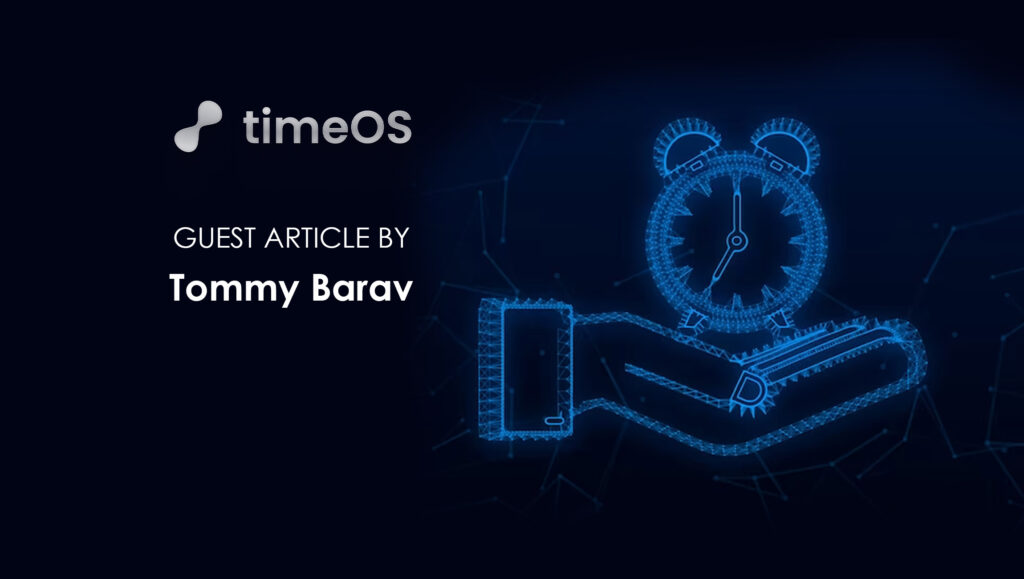Unlocking Your Potential: AI-Powered Time Management
The modern workplace is a whirlwind of activity – from admin tasks to deadlines, meetings to emails, all vying for the workforce’s precious time. With too many items splitting their attention, it often leads to missed deadlines, unproductive days, and the ever-looming threat of burnout.
Time is a finite resource, and how employees manage it directly impacts personal and professional success. Effective time management allows teams to prioritize tasks, reduce stress, enhance productivity, and achieve a healthy work-life balance.
What if there was a way to harness the power of technology to not only keep up with the demands of a fast-paced work life but to thrive in this ever-evolving landscape? That’s where artificial intelligence (AI) comes into play.
The Effects of Multitasking
Multitasking has become something of a virtue signal for influencers and prominent voices in the productivity space. But at its core, multitasking is just another word for “context-switching,” the practice of moving quickly between often unrelated tasks. It can be triggered by external interruptions, such as incoming emails or phone calls, or internal distractions, like a sudden thought or desire to move to a different task.
The negative impact of context switching stems from the cognitive cost of switching between tasks, which disrupts focus. Once an employee’s attention is disrupted, even if only for a matter of seconds, their brain will require additional time and energy to regain full concentration. This process, known as the switching cost, can significantly impact productivity – with the potential to cause a 40% drop in the ability to be productive. This decrease in focus can also lead to a decline in the quality of our work, as the constant shifting of attention prevents employees from fully immersing themselves in a single task, often resulting in errors, missed deadlines, and increased stress levels.
Not to mention, context switching can be incredibly costly. It takes 23 minutes and 15 seconds for employees to return to their original task after deviating. Three context switches a day, and they’ve lost over an hour of productivity. To put it into perspective, this lost productivity due to context switching costs the global economy an estimated $450 billion annually. With current rampant market conditions, businesses can’t afford such a significant blow to their bottom lines.
Read More: SalesTechStar Interview with Brian Stimpfl, CEO at S-Docs
How AI Alleviates the Pressure
AI technology helps alleviate the pressures of context switching by streamlining tasks and providing seamless transitions between them. With AI-driven automation and intelligent systems, users can delegate repetitive and time-consuming activities to AI, allowing them to maintain focus on their primary tasks. AI can also remember and retrieve context, making it easier to switch between projects, conversations, or applications without losing track of progress.
Think of the technology like a personal assistant: Most executives have their own assistants to arrange meetings, clear the calendar for urgent business matters, handle and file expenses, all so the executive can be more efficient. But the reality is everyone could benefit from an assistant – perhaps in the form of an AI-powered system that can help arrange meetings, reshuffle the calendar, or automatically share action items from a meeting. When working with AI, it’s all possible.
There are countless ways the technology can streamline employee time, but here are a few specific use cases:
- Personalized Scheduling: AI-powered scheduling tools seamlessly integrate with an employee’s calendar and email. They eliminate the back-and-forth emails often associated with setting up meetings. These tools analyze availability, preferences, and those of each meeting participant, finding the ideal meeting times and sending out invitations automatically.
- Communicate across platforms: Some AI technology is even compatible with other communication platforms including Zoom, Google Meet, Microsoft Teams, and Slack, enabling holistic management support. The technology can also take actions from these environments and immediately translate them into Asana, ClickUp or Monday.com items.
- Streamline To-Do Lists: AI-powered tools adapt and learn from employee work patterns, suggesting tasks to prioritize based on employee schedules and deadlines. Teams can even organize tasks by project or deadline, ensuring they stay on top of their workload.
- Develop tailored agendas and action items: AI-powered technology now has the ability to create automatic drafts of human-level agendas in advance of meetings, as well as follow-up emails summarizing actions populated in the user’s native language. Taking this functionality one step further, it can also provide meeting summaries after an employee takes vacation or is out of office for extended periods of time so no context is lost.
With the pace of the modern workplace continuing to increase, dealing with context switching has become a greater challenge – making AI-powered tools a powerful ally in the quest for effective time management and productivity. And businesses that embrace and deploy AI effectively will undoubtedly be ahead of the curve – in revenue, productivity and employee health and wellbeing.
Read More: How AI is Transforming Document Processing




















